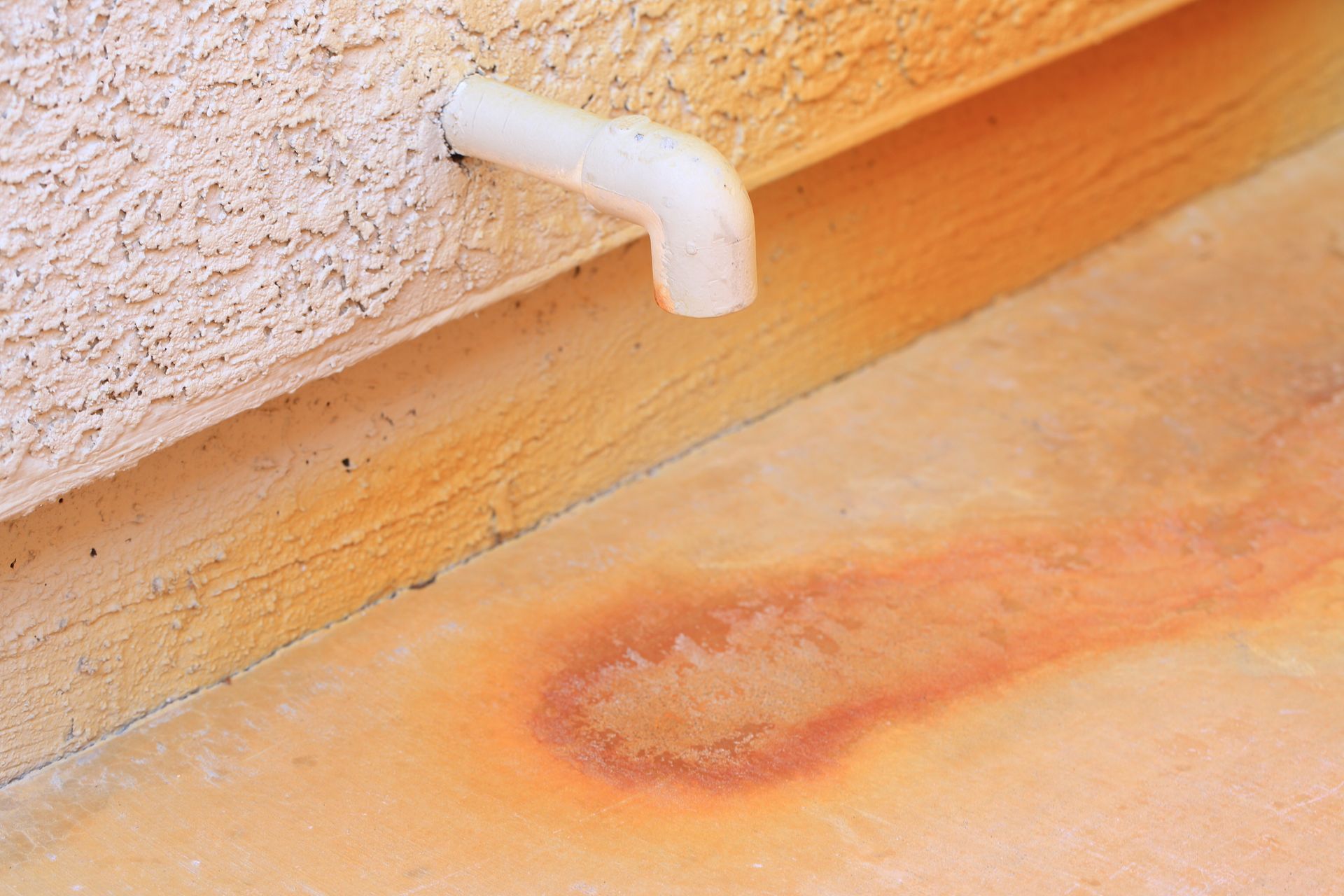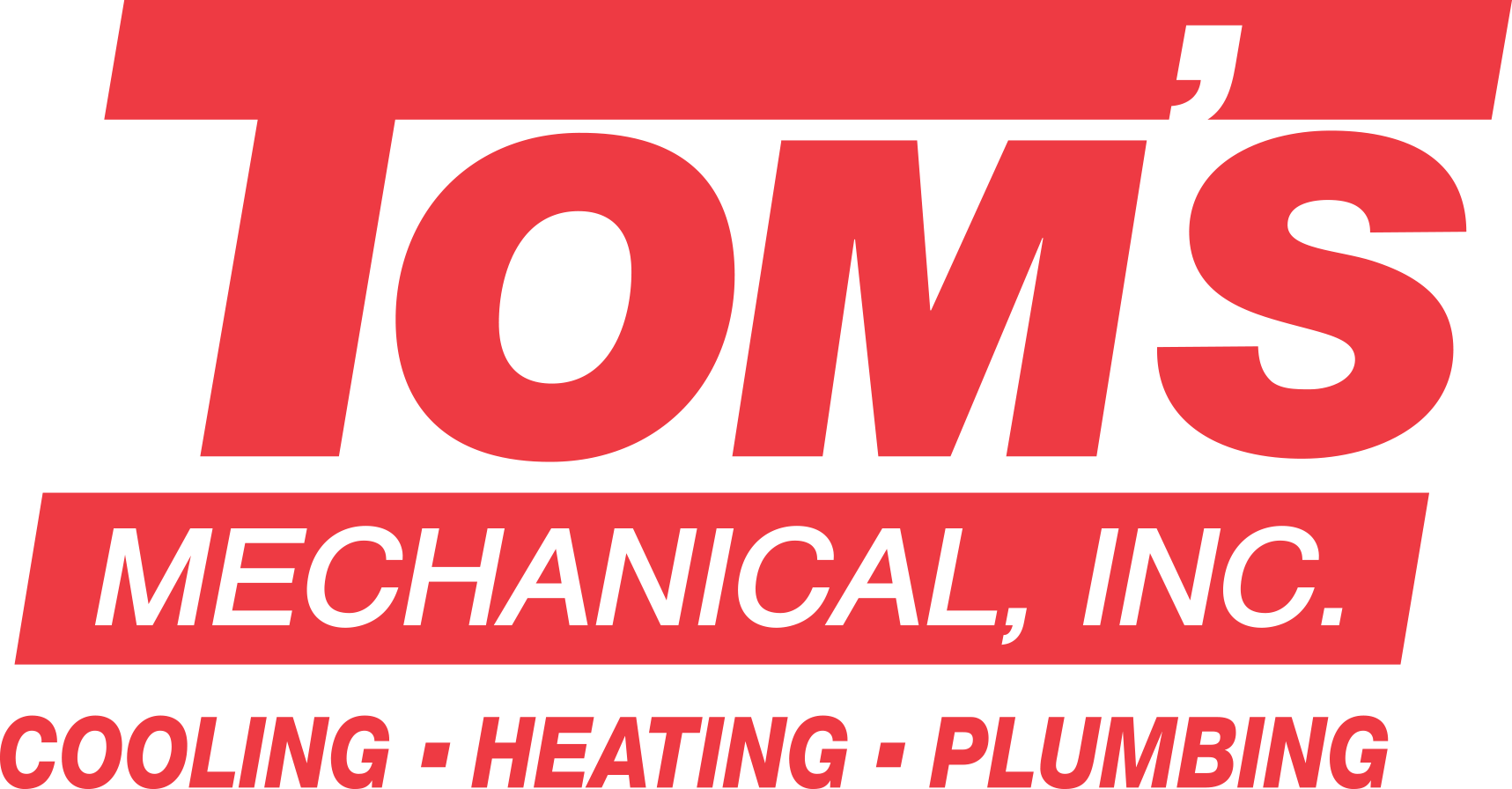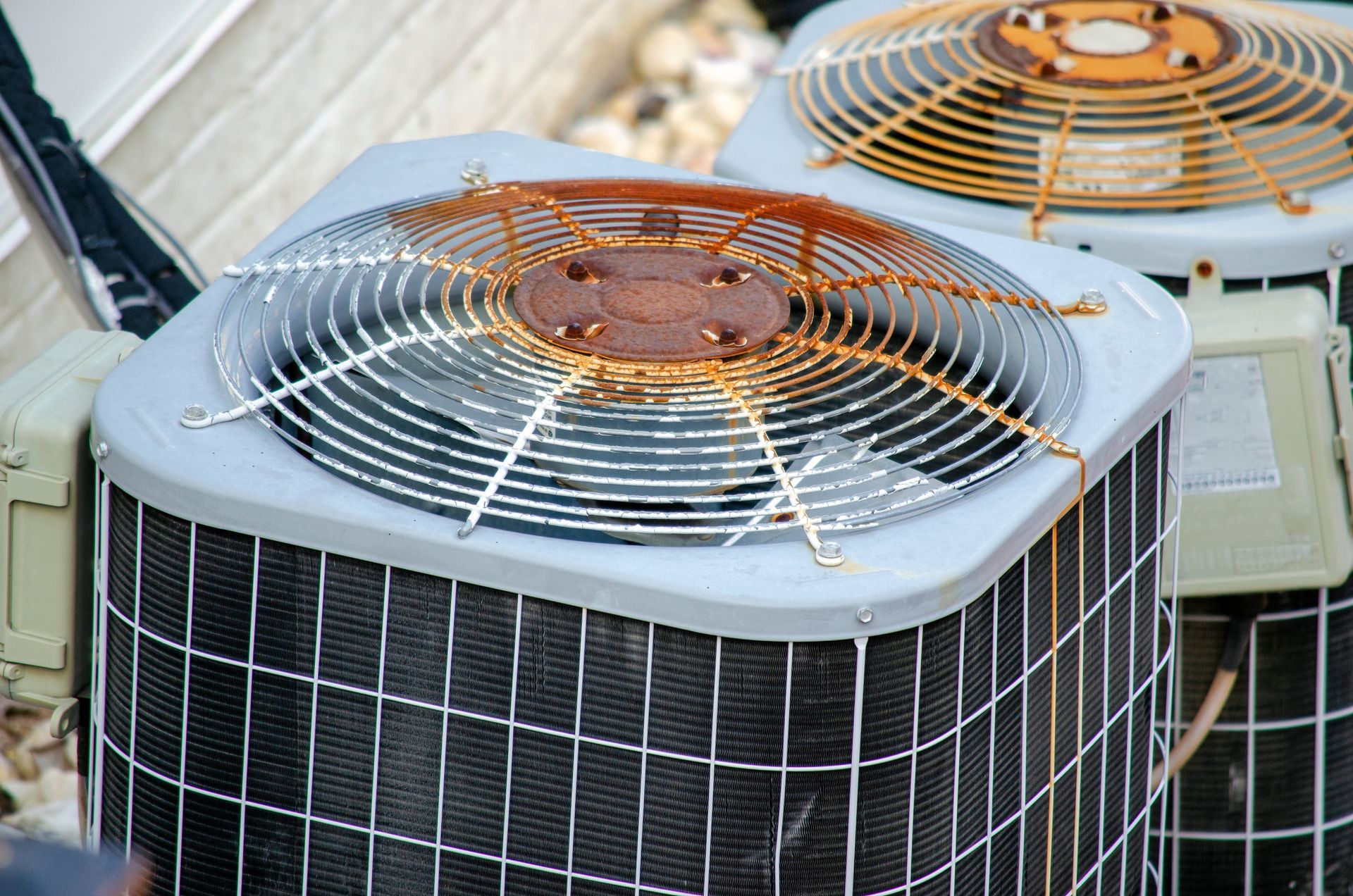Serving Residents of Tarrant County for Over 60 Years
Call the On-Time, Honest HVAC Experts | Available 24/7 for Emergency Services
Understanding Condensate Drains: Signs of Clogging and Solutions

Condensate drains are an important component of HVAC systems and are responsible for removing excess moisture that accumulates during the cooling process. One of the key features of HVAC systems is their ability to dehumidify the air in your home – which essentially means pulling moisture out of the air. This moisture turns into condensation on the evaporator coils inside your unit, which must drain outside your home to prevent damage.
However, when these drains become clogged or become dislodged by wind or by being jostled, they can fail to drain water from the condensate drain pan in your unit, causing it to overflow and leading to water damage.
Importance of Condensation Drains
Condensation drains remove water that forms as a byproduct of the cooling process. During operation, warm, humid air passes over the evaporator coil, causing moisture in the air to condense and collect on the coil's surface.
This condensed water then drips into the condensate drain pan, where it is gathered and drains through the condensate drain line and safely expelled from the system. Without proper drainage, this moisture can fill the pan and overflow within the system and lead to damage and efficiency issues.
Signs of Clogged Condensate Drains
Homeowners are justifiably wary of any issue that can cause water damage due to the inherently high cost of remediation, repair and property replacement. While some HVAC issues might not result in immediate breakdowns, anything that’s preventing your condensate line from draining should be handled immediately to prevent overflowing.
Some common indicators of a clogged condensate drain include:
- Water Leaks: One of the most apparent signs of a clogged condensate drain is water leaks or pooling around the HVAC unit. If you notice water collecting near the indoor unit or dripping from the ceiling, walls or vents, it likely indicates a clog in the condensate drain line.
- Moldy or Musty Odors: Standing water in the condensate pan can become a breeding ground for mold, mildew and bacteria. Property or building materials damaged by overflow from the condensate drain pan also pose a high risk of mold growth. As these microorganisms thrive, they can release unpleasant odors and spores throughout the home, triggering allergies and exacerbating respiratory issues.
Solutions for Clogged Condensate Drains
If you suspect that your condensate drain is clogged, it's important to address the issue promptly to prevent further damage and restore optimal system performance.
Here are some effective solutions for unclogging condensate drains:
- Check and Clean the Drain Line: Begin by inspecting the condensate drain line for any visible clogs or obstructions. Using a wet/dry vacuum or a flexible brush, carefully remove any debris or buildup from the drain line. Be sure to disconnect the line from the system before cleaning to prevent damage. How easy for feasible homeowners to do this on their own depends on how the system is situated and where the line is located. In some cases, you may require the assistance of a professional.
- Flush the Drain Line: Once the drain line is clear of debris, flushing it with a mixture of warm water and vinegar can help remove any remaining buildup and disinfect the line. Pour the solution into the drain opening and allow it to sit for several minutes before flushing with clean water.
- Use a Condensate Drain Line Cleaner: Consider installing a condensate drain line cleaner or treatment tablet to prevent future clogs and keep the drain line clear. These products release enzymes or chemicals that break down organic matter and prevent algae and mold growth within the drain line.
- Schedule Professional Maintenance: Regular HVAC maintenance by a qualified technician is crucial for identifying and addressing potential issues before they escalate. During a maintenance visit, the technician can inspect the condensate drain line and ensure proper drainage and operation.
Get Top-Notch AC Repairs and Maintenance in Arlington
Knowing where your condensate line is located and keeping an eye on it is important. If you notice at some point in the summer that your system is running but water isn’t being drained out, you should immediately attempt to unclog it or call a technician to address the issue.
If you need AC repair or maintenance for your HVAC system in Tarrant County, our skilled technicians at Tom’s Mechanical Inc. are here to help. Call us today at (817) 277-4493 or contact us here on our website.
OTHER RECENT POSTS
REQUEST YOUR SERVICE WITH TOM'S MECHANICAL, INC.
For 24/7 emergencies, call us at (817) 277-4493 today!
Our Web Form Is Not For Emergencies
WE'RE A CUT ABOVE THE REST
Over 60 Years of HVAC Solutions
You Deserve To Be Comfortable In Your Own Home
Delivering the Highest Quality of Service
Serving Arlington, Southlake, Grapevine and Keller
Available 24/7 for Emergency Services
Local Office
3428 West Pioneer Parkway
Arlington, TX 76013
Map & Directions [+]
Quick Links



